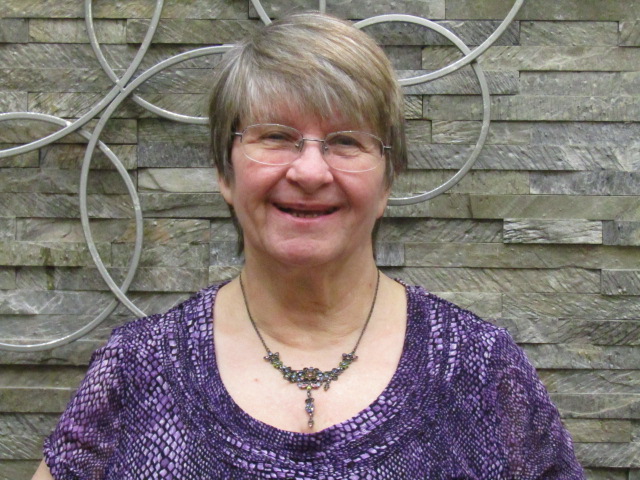By Valerie Routhieaux
Day 26 – Beginnings
The Hook—good beginnings.
Every writer wants his or her work accepted. How do you make a good beginning that will keep the publisher reading your work, and see your story published? It doesn’t matter whether it’s a short story, poem, or novel. If you don’t grab the publisher in the first few paragraphs it won’t see the light of day.
To help with that, several years ago, I bought a book called Hooked by Les Edgerton. There are a lot of good ideas to not only keep the publisher reading but your reader as well.
The beginning of your book sets up the problem, the scene and you meet the characters. It gives just enough backstory to keep the publisher interested, but not too much that it ends up in the slush pile. You want to avoid the slush pile at all costs.
I’ve heard authors will spend more time on the beginning paragraphs and the first chapter of the book than the rest of the book.
If you don’t know what hooked you with your favorite book, take it off the shelf and read the first paragraph. Not only were you hooked, but more importantly the publisher of that book was too.
I admit I’ve struggled with the opening. I want to get it right. I want to build tension. I want to set the scene. Before I presented Thread of Evidence to my publisher, I read it at Writer’s Guild to get feedback. I value their feedback. I had way too much boring information in the opening paragraphs, boring information best left for other parts of the book and filled in as backstory where it wouldn’t be boring, or taking it out altogether.
You want to give your reader/publisher the setting, what is going on in the opening paragraph. Your publisher/reader needs to know in that opening if they are reading a historical novel, science fiction, contemporary romance, mystery, or another genre.
Does this grab your attention? Why or why not?
————-
Ten-year-old Jo-Ann Carter stood in the drawing room, arms crossed, with a stubborn expression on her face. Her pale green eyes flashed angrily as she watched her mother tie a blue-gray bonnet beneath her chin, matching her long flowing fitted-waist satin and taffeta dress. She stomped her black-shoed foot on the floor, a pout on her face. “I want to go too!”
—————–
That is the opening paragraph of Scarred. Do you want to know what comes next? Wanting to know is the reason behind every book on bookstore shelves and on your bookshelves. You wanted to know what’s next. Keeping your publisher interested will keep your reader interested. Keeping your reader interested will result in books sold and money in your pocket. And that is what every author wants, money in their pocket. It won’t happen without a good beginning. So, get the hook right and you will be on your way.
Tomorrow’s Perspective: Dramatic Through Lines

